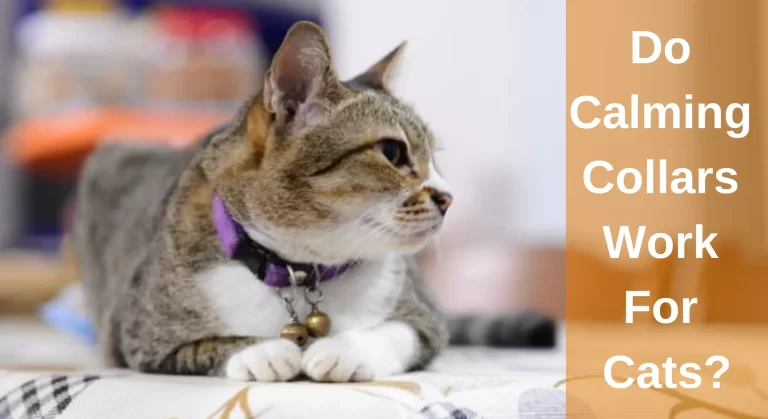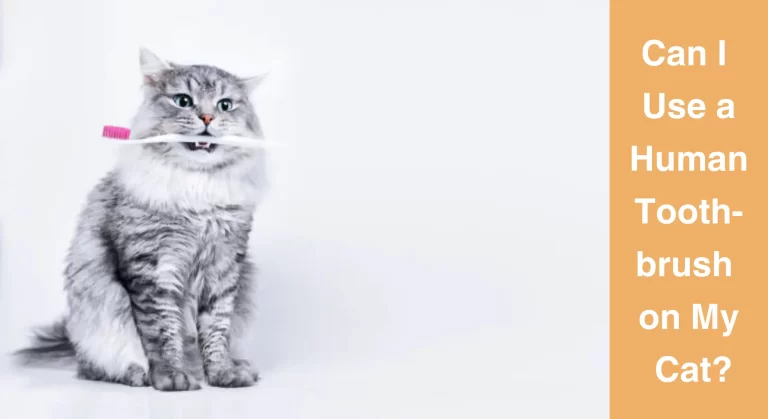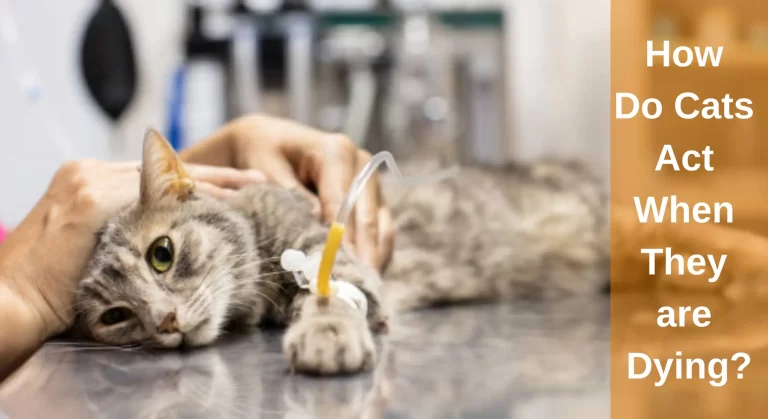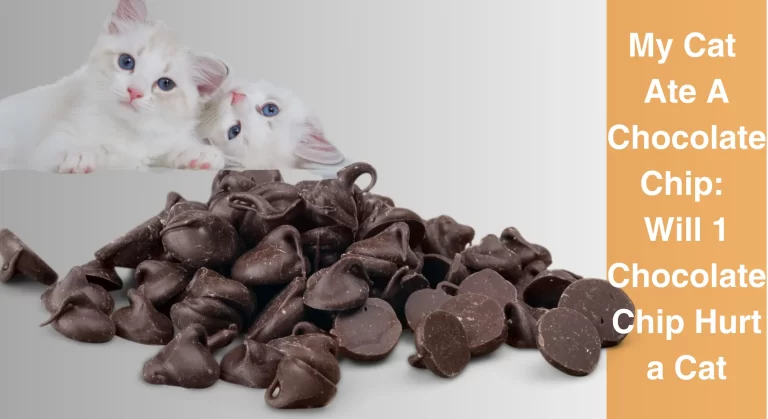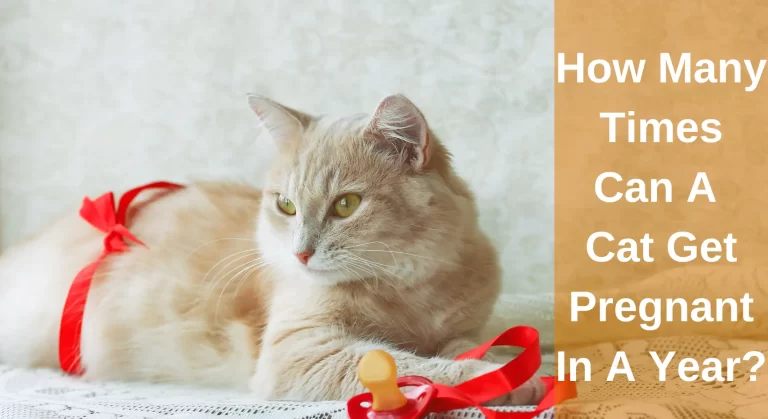Is Christmas Cactus Toxic to Cats? Can Cats Eat Christmas Cacti?
The Schlumbergera family includes the Christmas cactus, which derives its name from the time of year they bloom in the Northern Hemisphere. They bloom between April and May in their native region; therefore, the common name is useless. They are known as crab cacti in Europe because of their clawed limbs.
There are many beautiful flowers and plants we can plant in our gardens and within our homes, but they can be deadly if our pets ingest them. Christmas cactus is one of them, which adds colour and beauty to your home in the winter, but is it safe for pets? Is Christmas Cactus Toxic to Cats?
Christmas cacti aren’t toxic, unlike many other holiday plants. But you still have to watch how the plant is grown and how much your cat eats in order to prevent any risk to your cat. However, cats shouldn’t eat plants, so eating too many Christmas cacti may leave them ill. This article covers the toxicity of Christmas cacti as well as other common houseplants.
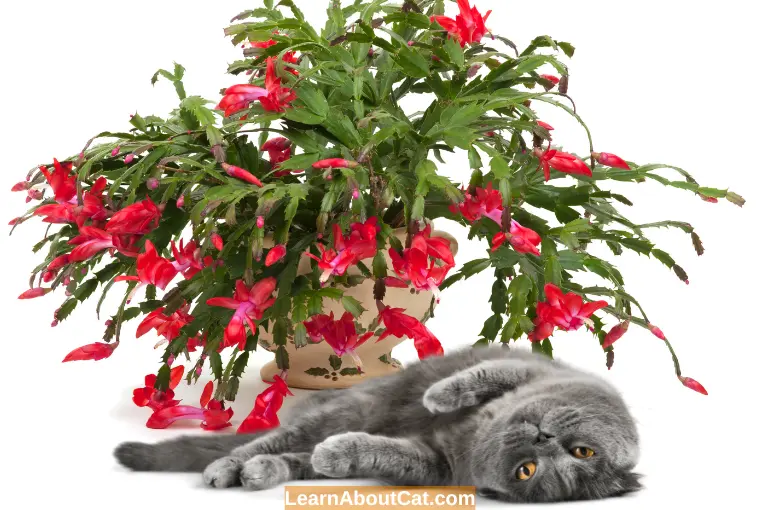
Is Christmas Cactus Poisonous to Cats?
The Christmas cactus isn’t fatally dangerous to cats or pets, but it’s also not entirely benign either. It is a member of the same dangerous holiday deadly plant family as poinsettias, holly, and amaryllis.
It is best to keep plants away from animals, small children, and newborns who could chew, ingest, or put plant bits in their mouths.
The leaves of the plants may irritate the stomach and cause vomiting and diarrhoea if a lot of plant material is swallowed. The leaves are ringed with spines, and eating or chewing them may irritate your lips, tongue, gums, and sensitive oral skin.
Christmas cacti should not be consumed unnecessarily owing to potential allergic reactions and chemical residues on the plant.
What To Do if Your Cat Eats a Christmas Cactus?
Your Christmas cactus won’t create any major problems if your cat decides to feast on it because neither the leaves nor the flowers are poisonous to cats. You must take measures even if they are not deadly since they can still injure your cat.
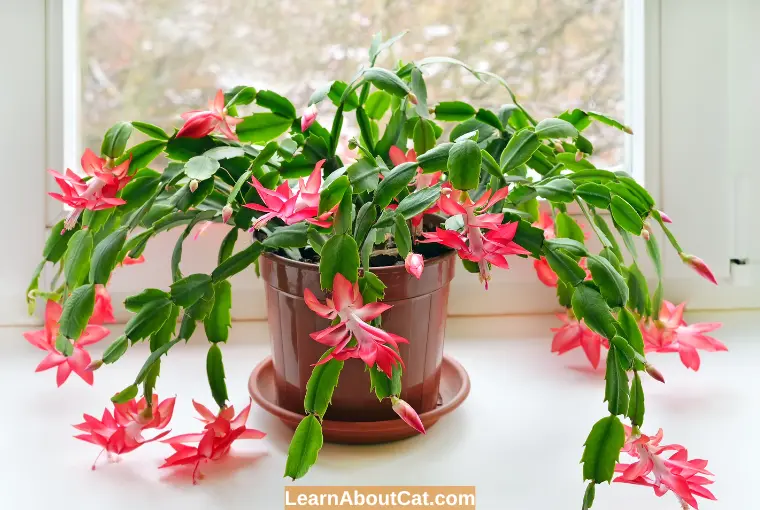
Contact your veterinarian immediately if you see your cat eating a Christmas cactus to see if the amount they consumed was toxic.
Christmas cactus can cause nausea and diarrhoea. If your cat or other animals get into your Christmas cactus, look for signs that any leaves or flowers have been eaten. Then, pay attention to your cat for any gurgling or other digestive noises, as well as any potential retching or vomiting.
Even if your pet doesn’t seem to be in too much distress, veterinarians suggest calling your vet for advice or even making a quick trip for an assessment and early assistance.
Even though the plant may not exhibit any obvious signs, any poisons on it or in the soil may cause your pet’s illness. A veterinarian can treat any poisoning and help your cat recover quickly.
Intresting Reading: Are Zinnias Toxic To Cats?
How Christmas Cactus Plants Impact Pets’ Health?
If your pet eats Christmas cactus as a treat for their teeth rather than their eyes, you shouldn’t be concerned. The ASPCA rates Christmas cactus as non-toxic for both dogs and cats. The cactus or the blooms do not harm animals.
Non-toxic does not necessarily correlate to safety. If a significant dose of a fibrous substance is not hazardous, it may irritate the stomach and create vomiting and diarrhoea.
Therefore, if you see your cat or dog eating into your Christmas cactus or find bites missing from it, be alert for signs of digestive distress.
Even if the symptoms are slight, it’s always a good idea to call your veterinarian for advice on how to best care for your pet while he recovers from his poor choice of chomping material.
Also, Check Out: Can Cats Eat Phlox? Is Phlox Dangerous To Cats?
Which Other Holiday Plants are Dangerous to Cats and Dogs?
Like other common Christmas flowers and plants, a Christmas cactus won’t harm your pet. Keep them away from your pets this holiday season, or better yet, keep them outside.
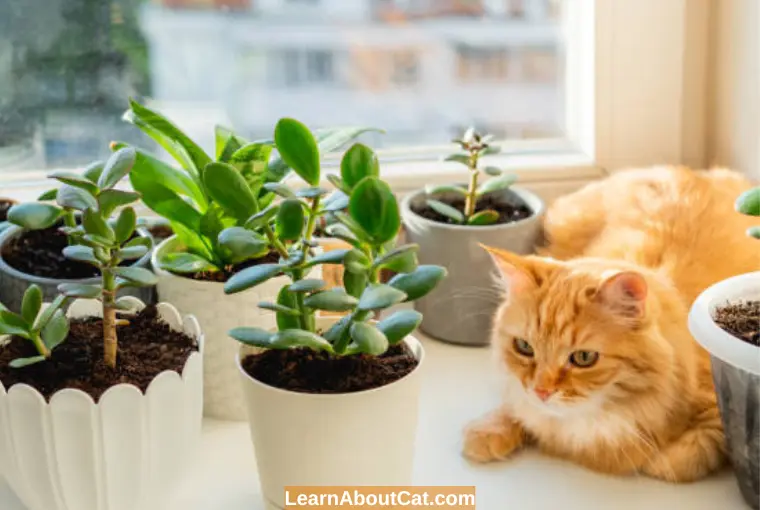
- Christmas tree needles and water
- Mistletoe
- Amaryllis\sPoinsettia\sHolly\sLilies
To avoid poisoning, the Independent Veterinary Practitioners Association (IVPA) suggests vacuuming up any fallen Christmas tree needles and keeping any plants off the ground and away from your dog or cat.
If you have a real tree this Christmas season, the IVPA suggests covering the tree water to prevent your pet from trying to drink from it because it may have been treated with dangerous pesticides and fertilisers.
Consider building a pet fence to keep your dog or cat from climbing the lower branches of the Christmas tree as well.
Find Out: Is Peperomia Toxic To Cats?
How to Keep Your Cat Safe from Christmas Cacti
Even though Christmas cactus plants are typically safe for cats and non-toxic, you should nevertheless keep them close at hand. This will keep your cat active and healthy, in addition to assisting in the prevention of the discovery of any potential sensitivities.
But it’s easier said than done! Cats appreciate Christmas cacti and will go to great lengths to be close to your plant for all the reasons stated above. You may protect your pet in the following ways.
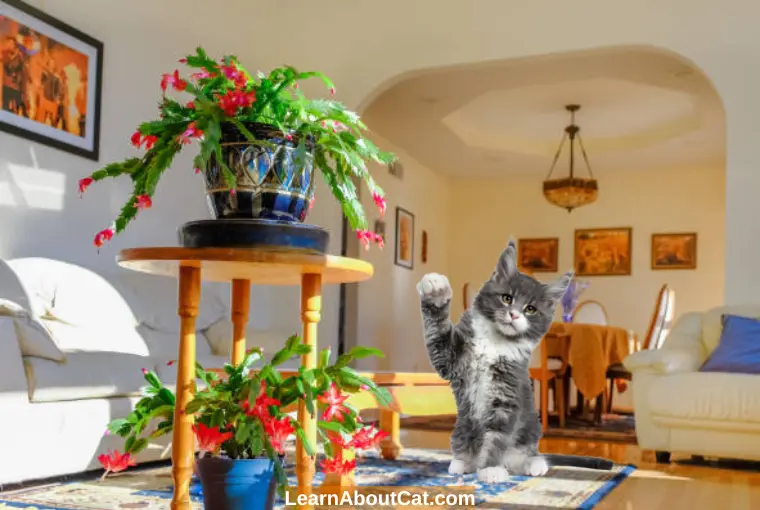
1. Put baskets on the wall
The obvious solution is to prevent your cat’s paws from touching the Christmas cactus. But in practice, it’s quite difficult! Cats enjoy climbing and are not afraid of heights. A cat that is determined won’t be deterred by just placing your houseplants on the top shelf.
Because there isn’t a ledge your cat can climb to get to the plant, it is virtually out of its grasp. A Christmas cactus looks especially attractive in a hanging planter; the drooping leaves and magnificent petals are rendered much more appealing in this setting.
2. Putting pebbles on the ground to cover ground
One of the reasons cats enjoy houseplants is that, as was already said, they prefer the soil that your plants are planted in above the actual plants. Therefore, adding stones to the potting soil is one of the simplest ways to prevent your cat from accessing your Christmas cactus.
Your curious cat should be deterred by this, and you won’t have to keep cleaning up debris that she unintentionally kicked into the floor. The health and growth of your plant will also benefit from the roots remaining undisturbed.
3. Extend playtime
Cats could confuse your Christmas cactus for a toy, as I previously said. Give him various shaped toys to play with. You can make a stock of toys with various textures as well as colours.
Select a particular time for her to play. 15 minutes a day should generally be plenty to keep your cat active and healthy while keeping them away from your indoor plants.
4. Utilise cat repellents
Last but not least, you may use deterrents to stop your cat from approaching your Christmas cactus. The two main types of deterrents you may use are physical deterrents and odour repellents.
Physical deterrents can be things like prickly matting or double-sided tape that hurt your cat’s paws. You could put these on the same shelf that currently holds your Christmas cactus. Your cat should stay away from the plant since, ultimately, it will associate it with this terrible feeling.
How to Care for Your Christmas Cacti Around Pets
Cats are active, curious creatures who like exploring their surroundings and are drawn to dirt. Owners of cats will attest that their felines may do significant damage to indoor plants. You must keep your Christmas cactus away from the cat for both the plant’s and the cat’s health sake.
Cats have been known to fully turn over pots, exposing and shattering the roots, branches, leaves, and blooms in the potting soil and spilling out the plant and dirt. If you want to keep cats away from your Christmas cactus, it’s preferable to use a hanging container that they can’t get.
To prevent cats from digging in the dirt, you may cover it with a layer of stones. Cats may also be deterred by broken citrus peels with a powerful citrus fragrance and cayenne pepper strewn over the soil and plant.
Check out the commercial cat deterrents offered at a pet supply or home and garden store; it could be a good idea.
If your cat simply doesn’t leave your Christmas cactus alone, you may need to employ more sophisticated strategies. A motion-activated alarm that sounds when the plant is disturbed may scare your cat enough to deter it from the area.
You could choose to display the plant in a vessel like a glass cabinet or lovely cage. You may move it to a location with a locked door that the cat can’t access.
Another option is to use plants your cat enjoys and is safe around, such as catnip, catmint, parsley, or lemon balm, to draw its interest away from the Christmas cactus you’ve safeguarded.
How Can I Prevent My Cat from Scratching Plants?
You know what to avoid this Christmas, but how to prevent it still has to be addressed. Given that they like to inspect whatever they can get their tiny hands on, cats may be difficult to keep away from some items.
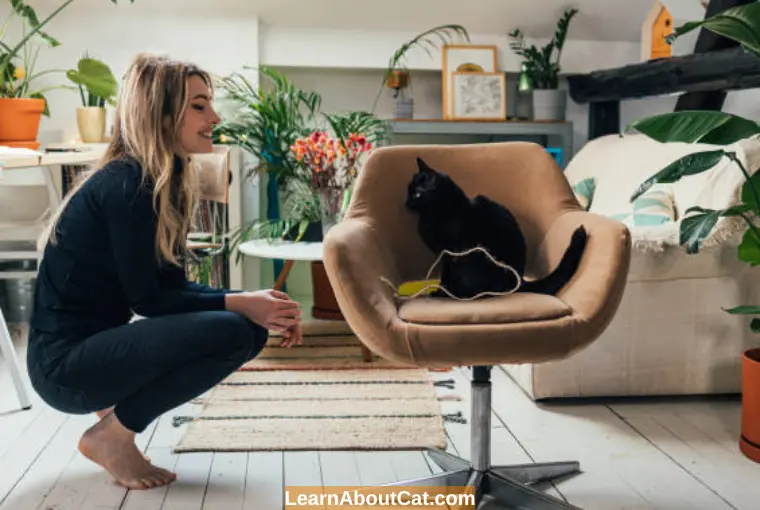
Keeping dangerous plants out of your dogs’ reach is the greatest and easiest way to protect them from them. By putting plants in pots that can be suspended from the ceiling, plants may be kept at a suitable height.
If you are unable to keep your plants in hanging pots, consider applying a deterrent spray to keep your cat away. You may purchase a number of them or make your own by combining citrus juice with water or vinegar.
Maybe it will work if you spray some pesticide on the leaves. Just keep in mind that pouring any deterrents directly into the container might cause your plant to die.
Last but not least, you may use a good, old-fashioned spray bottle filled with water to keep your pet away from potentially dangerous circumstances if you can keep a close check on them.
Why Do Cats Eat Houseplants?
Cats are carnivores, but they still need the trace elements and benefits of greens for digestion. In the wild, several animals eat green plants for their fibre and nutrients.
In a home situation, cats will eat houseplants out of curiosity, boredom, or occasionally a lack of food. However, houseplants do not provide any nutritional advantages to cats.
Wheatgrass or kitten greens are far healthier sources of greens for your pet to consume. You may buy greens pots from pet supply stores, home improvement stores, or garden centres, or you can grow your own from seeds.
Many cat owners purchase fresh catnip to supplement their cats’ diets. You may grow catnip on your own, buy it dried or as a live plant. Rye, alfalfa, and dandelion sprouts are also suitable for cats.
Keeping Pets and House Plants
Sometimes, pets and plants don’t get along. You should be cautious about the plants you maintain close to your feline pals since pets, especially cats, might grow bored and interested and be lured to dirt and greenery.
You can keep your beloved Christmas cacti with cats and keep them both safe and happy, but it could take a combination of techniques.
- Start by providing a variety of fun games and activities away from your plant.
- Use deterrents like crushed citrus peels, cayenne pepper, or commercial cat repellent.
- If your pet is persistent, try a motion-activated alarm, water spray bottle negative conditioning, or keeping the plant in an awkward area also most important to consult with a vet.
What Other Indoor Plants are Safe for Cats to Consume?
Even though Christmas cacti are popular houseplants, you have other options for adding some greenery to your home. But not all plants are completely safe for all pets. Even though cats can become ill from eating the snake plant, it is unlikely to have a substantially detrimental effect. Prepare yourself for nausea, vomiting, and diarrhoea instead.
Spider plants: Both seasoned and inexperienced gardeners like spider plants. Thankfully, spider plants are harmless for cats, so pet owners should definitely consider them. However, an overdose may cause moderate hallucinations and an upset stomach. Similar to the Christmas cactus, it’s preferable to keep them hidden.
Plants ZZ: Popular since they are nearly unstoppable, ZZ Plants are a great option for beginners or energetic workers. However, do cats pose a threat to ZZ Plants? Unfortunately, yes! Even though they are unlikely to be lethal, the plants should be avoided if you have cats because they do contain dangerous materials.
Ferns: Because they can thrive in low light, ferns are another popular indoor plant. Some ferns, though, should be avoided since cats could become sick from eating them. To keep one of these plants without stress, do some research beforehand if you’re a fern junkie.
Frequently Asked Questions
The Bottom Line on Is Christmas Cactus Toxic to Cats
Christmas cacti do not harm cats, but they might become ill if chemicals were used to cure them. Therefore, be careful with your plants in your home and, wherever possible, put stuff out of your pet’s reach to protect their safety throughout the holiday season. The Christmas cactus is one of the safer plants you can grow overall.
Related Posts:
Who is Isabella?
My name is Isabella, and I am a dedicated and knowledgeable cat enthusiast. With years of experience caring for cats and a deep love for felines, I made a mission to help other cat lovers navigate the challenges of cat ownership.

